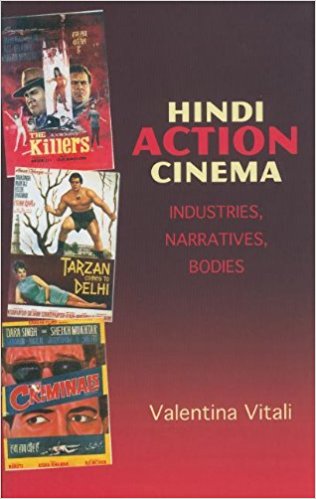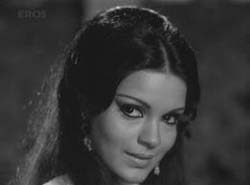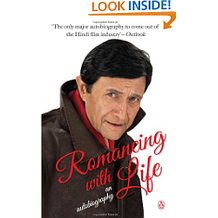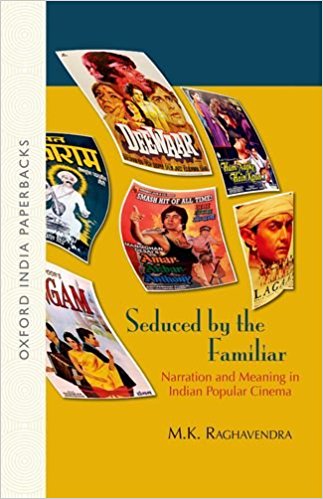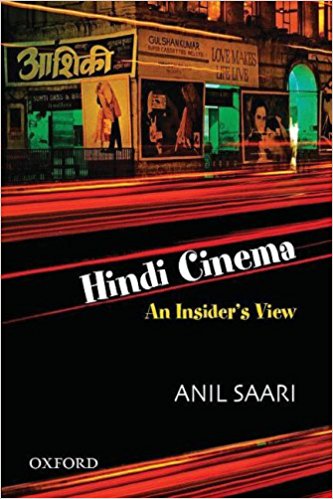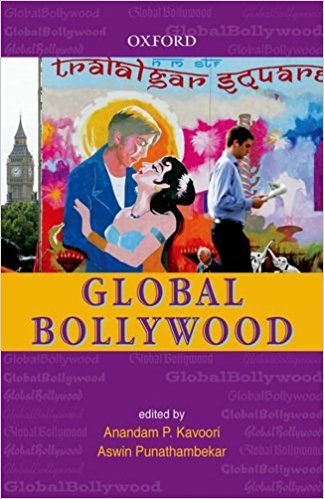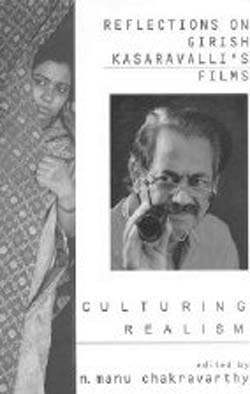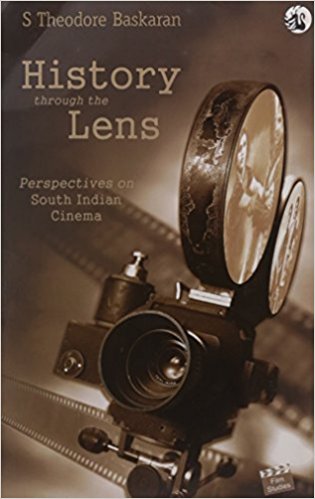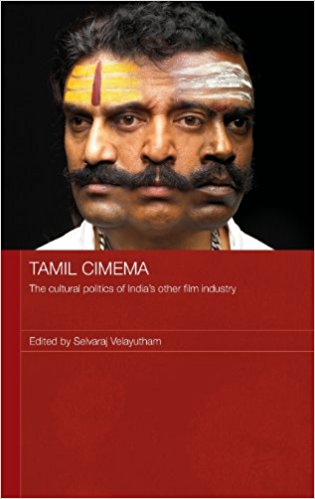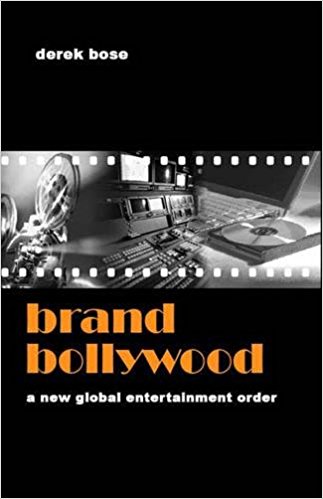Valentina Vitali’s book Hindi Action Cinema: Industries, Narratives, Bodies, traces the historical trajectory of action as a significant component of popular Hindi cinema. Moving from the silent period to the contemporary, the author attempts to locate the ideological function of action as a defining element in popular cinema.
Archives
February 2009 . VOLUME 33, NUMBER 2This is a surprising collection of reasonably longish short booklets – called monographs by general editor of the series, Nasreen Munni Kabir – about some of the heroines of popular, commercial and mainstream Hindi cinema, starting with Nutan of the 1950s, Saira Banu, Mumtaz of the 1960s, Zeenat Aman, Jaya Bachchan and Smita Patil of the 1970s, Madhuri Dixit of the 1980s and 1990s.
Situated somewhere between an autobiography and a memoir, Dev Anand’s narrative of his life and times in the Bombay film industry and his rise to stardom, opens up certain contradictions which are usually connected with a star’s autobiographical project.
There has been a lot of writing on the Hindi cinema as popular culture in recent years that has ranged from the journalistic to the academic. The spread of film studies as a discipline since the eighties put the pressure of academic writing on writers who were specialists in their field, but who had not internalized academic theory.
With new publications on Hindi cinema arriving with startling frequency, every month or so, it is daunting to keep track of what new is being said. However, Anil Saari’s writings on Hindi cinema are hardly recent. Born in 1945, film journalist Saari began to write on films and filmmaking in the seventies and continued to do so till his demise in 2005.
2009
When I first heard the title, I mistook this co-edited volume to be a sequel to Global Hollywood and Global Hollywood 2, the well-known co-authored books that provide an analysis of how Hollywood globalized itself to become the most powerful film industry in the world.
It is apt that this review is written at a time when Girish Kasaravalli’s latest film Gulabi Talkies has won the Osian’s Best Indian Film Award. It is ironical that someone who is an important figure within the stream of parallel cinema has not found a place in the intellectual debates around parallel cinema.
There has been a new interest in the histories of regional cinema industries in academic institutions which are manifested in ongoing research and recent conferences.
Selvaraj Velayutham’s edited volume, which is perhaps one of the first academic attempts to take a comprehensive look at the Tamil film industry , “of one of India’s largest, most prolific and increasingly significant cinemas” (Velayutham: 1) has hit the market at a time when Bollywood is hogging attention and space in academic circles as a global brand.
Brand Bollywood by Derek Bose is a study of the commercial possibilities of popular Hindi cinema of Mumbai. It looks at the many strands of technology available to increase the revenue of Hindi films.

